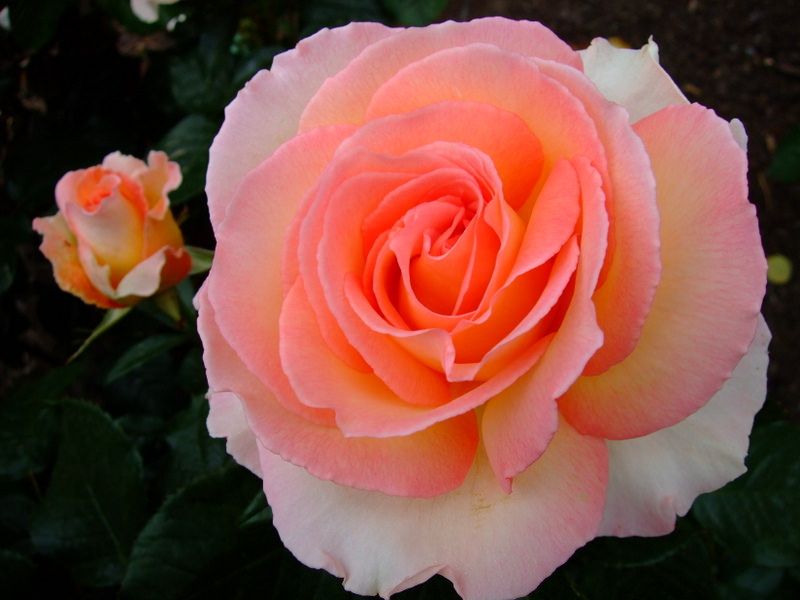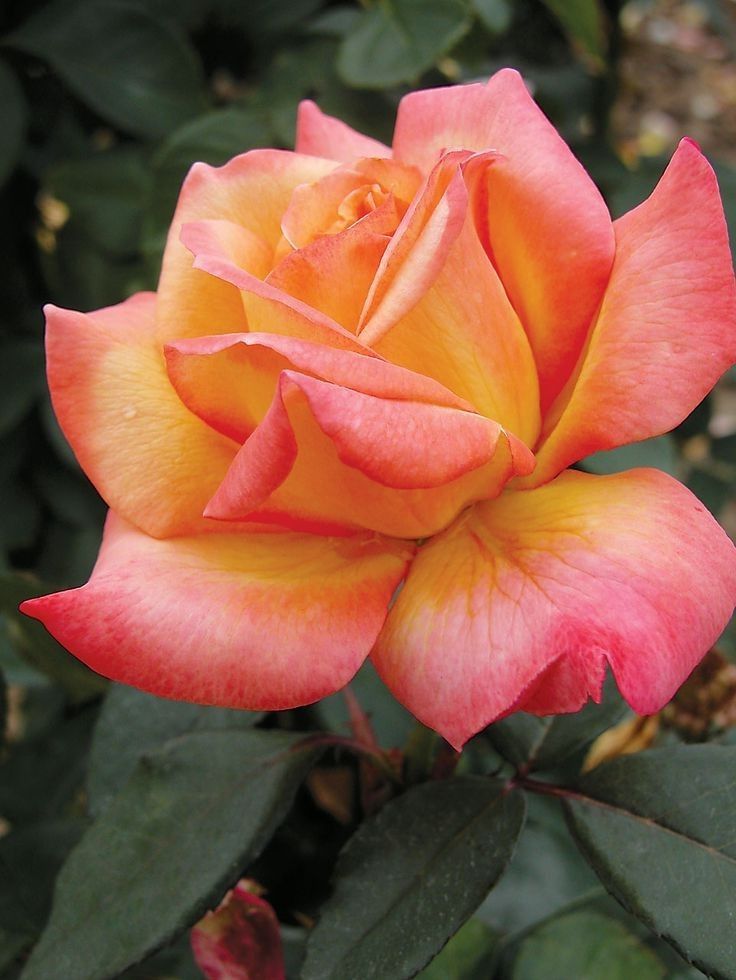Vertical gardens, also known as living walls or green walls, offer a creative and space-saving way to bring the beauty of nature indoors. Whether you live in a small apartment or a spacious home, vertical gardens can transform any wall or vertical surface into a lush and vibrant oasis. From air-purifying plants to decorative succulents, there are endless possibilities for creating a stunning vertical garden in your home. Here’s a step-by-step guide to help you bring your vertical garden dreams to life and elevate your indoor space with greenery.



Choose the Right Location: Setting the Stage
The first step in creating a vertical garden is to choose the right location for your living wall. Consider factors such as light exposure, humidity levels, and available space when selecting a wall or vertical surface for your garden. Choose a well-lit area with access to natural or artificial light, as most plants require adequate light to thrive indoors. Avoid placing your vertical garden near heating or cooling vents, as extreme temperatures can stress or damage plants. Once you’ve chosen the perfect location, you’re ready to start planning your vertical garden design.
Select Suitable Plants: Picking the Perfect Greenery
When choosing plants for your vertical garden, opt for species that are well-suited to indoor growing conditions and can thrive in a vertical environment. Consider factors such as light requirements, water needs, and growth habits when selecting plants for your living wall. Choose a mix of trailing, cascading, and upright plants to create visual interest and texture, and select species with contrasting foliage colors and shapes for added drama. Popular choices for vertical gardens include pothos, philodendron, spider plants, ferns, and succulents, but feel free to get creative and experiment with different plant combinations to suit your style and preferences.



Install a Support Structure: Building the Foundation
Before you can start planting, you’ll need to install a support structure to hold your vertical garden in place. There are several options for support structures, including wall-mounted planters, modular panels, trellises, and vertical gardening systems. Choose a support structure that suits your space and design aesthetic, ensuring that it’s sturdy enough to support the weight of the plants and soil. Install the support structure according to the manufacturer’s instructions, making sure it’s securely anchored to the wall or vertical surface.
Plant Your Garden: Bringing Your Vision to Life
Once your support structure is in place, it’s time to start planting your vertical garden. Begin by preparing the planting area and filling it with a lightweight, well-draining potting mix suitable for indoor plants. Arrange your chosen plants in the planting area, spacing them evenly and adjusting their positions as needed to achieve the desired look. Plant each specimen carefully, ensuring that the roots are fully covered with soil and the plants are securely anchored in place. Water your newly planted vertical garden thoroughly, allowing any excess water to drain away, and place it in its designated location.



Maintain Your Garden: Nurturing Your Green Oasis
Once your vertical garden is planted, it’s important to maintain it regularly to keep it healthy and thriving. Water your vertical garden as needed, taking care not to overwater or underwater the plants. Monitor the moisture levels in the soil and adjust your watering schedule accordingly, paying attention to signs of drought stress or waterlogging. Prune and trim your plants as needed to remove dead or damaged foliage and encourage healthy growth, and fertilize them periodically with a balanced liquid fertilizer to provide essential nutrients. Keep an eye out for pests and diseases, and treat any issues promptly to prevent them from spreading to other plants.
Conclusion
Creating a vertical garden in your home is a rewarding and creative way to bring the beauty of nature indoors and elevate your living space with greenery. By choosing the right location, selecting suitable plants, installing a support structure, planting your garden, and maintaining it regularly, you can create a stunning vertical oasis that enhances your home’s style and ambiance. Whether you’re a seasoned gardener or a novice plant parent, let these tips guide you as you bring your vertical garden dreams to life and transform your indoor space into a lush and vibrant sanctuary.
FAQs (Frequently Asked Questions)
- Can I create a vertical garden in a small apartment?
- Yes, you can create a vertical garden in a small apartment using wall-mounted planters, hanging baskets, or modular vertical gardening systems. Choose compact plants that are well-suited to indoor growing conditions and can thrive in a vertical environment, and select a location with access to natural or artificial light to ensure your plants receive adequate sunlight.
- How do I water a vertical garden?
- Watering a vertical garden can be done using a watering can, hose, or drip irrigation system. Water the garden thoroughly, allowing the water to penetrate the soil and reach the roots of the plants. Monitor the moisture levels in the soil regularly and adjust your watering schedule as needed to ensure the plants receive adequate hydration without becoming waterlogged.
- What are some low-maintenance plants suitable for vertical gardens?
- Some low-maintenance plants suitable for vertical gardens include pothos, philodendron, spider plants, ferns, succulents, and air plants. These plants are well-suited to indoor growing conditions and can thrive in a vertical environment with minimal care.
- How do I choose the right support structure for my vertical garden?
- When choosing a support structure for your vertical garden, consider factors such as the size and weight of the plants, the available space, and your design aesthetic. Wall-mounted planters, modular panels, trellises, and vertical gardening systems are all popular options for vertical gardens, so choose a structure that suits your space and meets your needs.
- Can I grow edible plants in a vertical garden?
- Yes, you can grow edible plants in a vertical garden, but it’s important to choose species that are well-suited to indoor growing conditions and can thrive in a vertical environment. Herbs like basil, mint, and oregano, as well as compact vegetables like cherry tomatoes, peppers, and lettuce, are popular choices for vertical gardens. Just make sure to provide adequate light, water, and nutrients to support healthy growth and productivity.